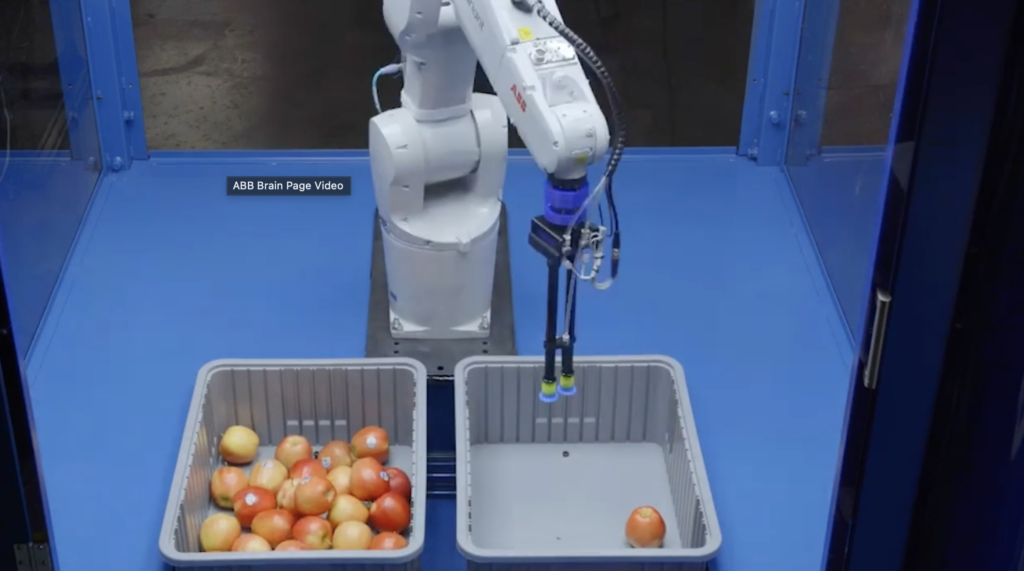Summarising a lot and with due proportion between the two worlds, it can be said that ChatGPT for robots is already among us. Creating a project conceptually similar to OpenAI’s text chatbot was Covariant, a startup founded in 2017 at the University of California Berkeley by Peter Chen and Pieter Abbeel. At the heart of the project is RFM-1, an acronym for Robotics Foundation Model 1, which, as the name suggests, indicates a large language model dedicated, however, to robots. This is nothing more than the result of an enormous amount of data collected via the Brain AI platform, trained on both generic Internet data and data-rich in real-world interactions, with 8 billion parameters including text, images, videos, robotic actions and a series of numerical sensor readings.
This suggests that what Covariant has done represents a step forward for developing GenAI models capable of simulating and operating accurately in the complex conditions of the physical world. “The vision of RFM-1 is to power the billions of robots to come,” Chen explains. “At Covariant we have already successfully deployed many robots in warehouses, but that is not the limit we want to reach. The goal is to power robots in manufacturing, food processing, recycling, agriculture, the service sector and even people’s homes.”
A hugely ambitious but possible challenge, even if it will take resources, time and patience. For now, Covariant’s software is being used on industrial robotic arms that perform specific tasks within warehouses, such as work with waste collection.
Robots with human-like reasoning capabilities
“Combining the intelligence inflection point with the hardware inflection point is where we will see a major explosion of robotic applications. But many of these are not quite ready yet, especially regarding hardware. It is very difficult to go beyond the staging of a video. How many people have interacted in person with a humanoid? That tells us the degree of maturity,’ Chen continues.
RFM-1’s potential promises to quickly advance robot decision-making, so much so that according to the startup, the platform ‘provides robots with human-like reasoning capabilities, demonstrating for the first time how generative AI gives commercial robots a deeper understanding of language and the physical world’.


Beyond words, it is necessary to understand what advantage RFM-1 brings to robots: the ability to process real-world data and determine the best course of action to perform the task at hand. This is a clear break from the robots we have known so far, which are programmed to do a single, unique and repetitive action and which, for this very reason, have been used in environments with precise conditions and limitations (such as the assembly line).
In order to level up, a new method or language is needed to interact with the robot. This is the attempt undertaken by Covariant, which, through generative artificial intelligence, allows robots to learn new tasks and thus expand their potential range of use. At the functional level, RFM-1 can communicate and control a robotic arm and generate videos that simulate certain actions to show the robots what needs to be learned and replicated.
We are only at the beginning of the journey, however, the first signs revealed by Covariant and RFM-1 show that generative artificial intelligence could change the future of robots as well as the human one.



